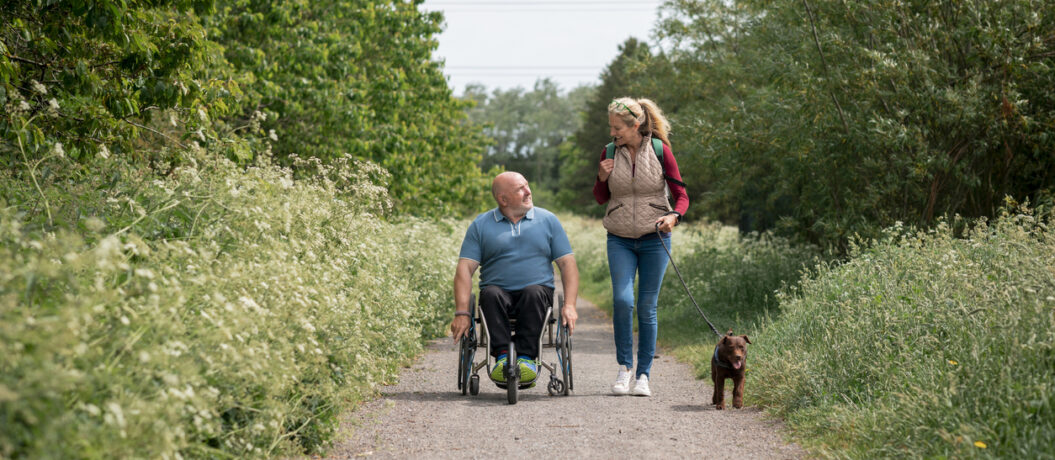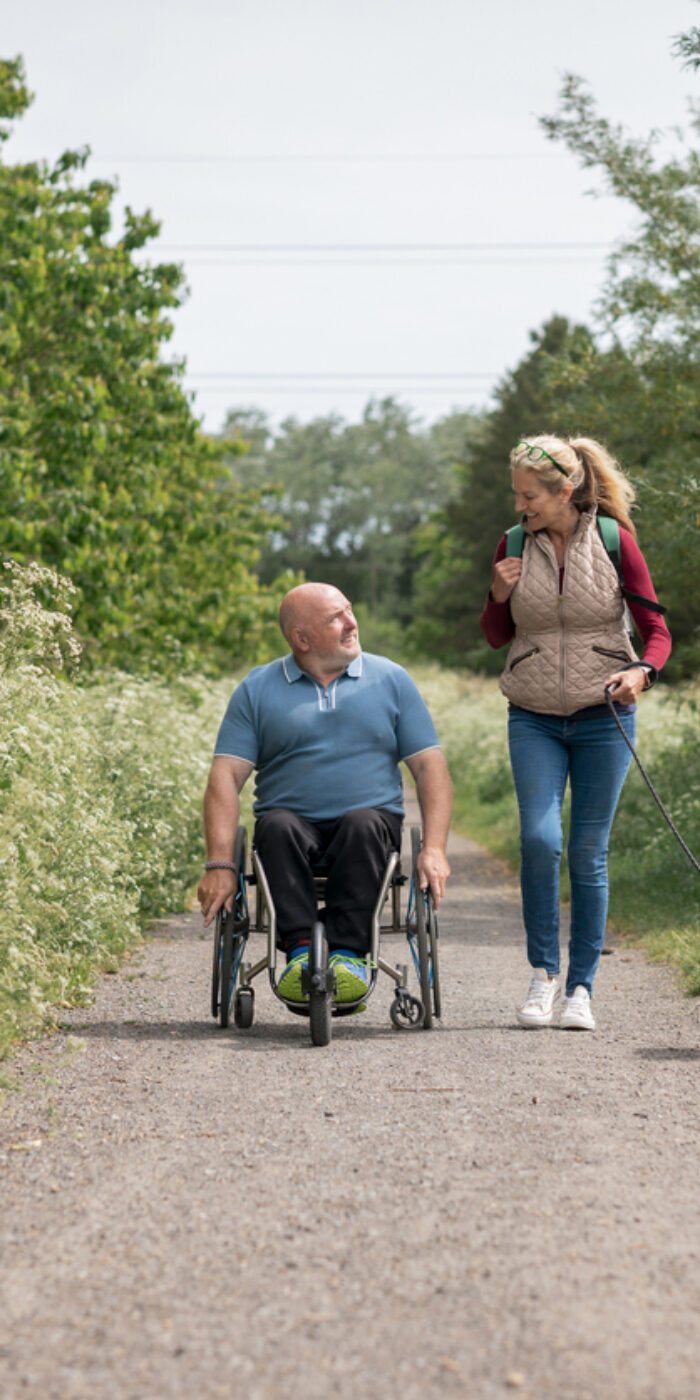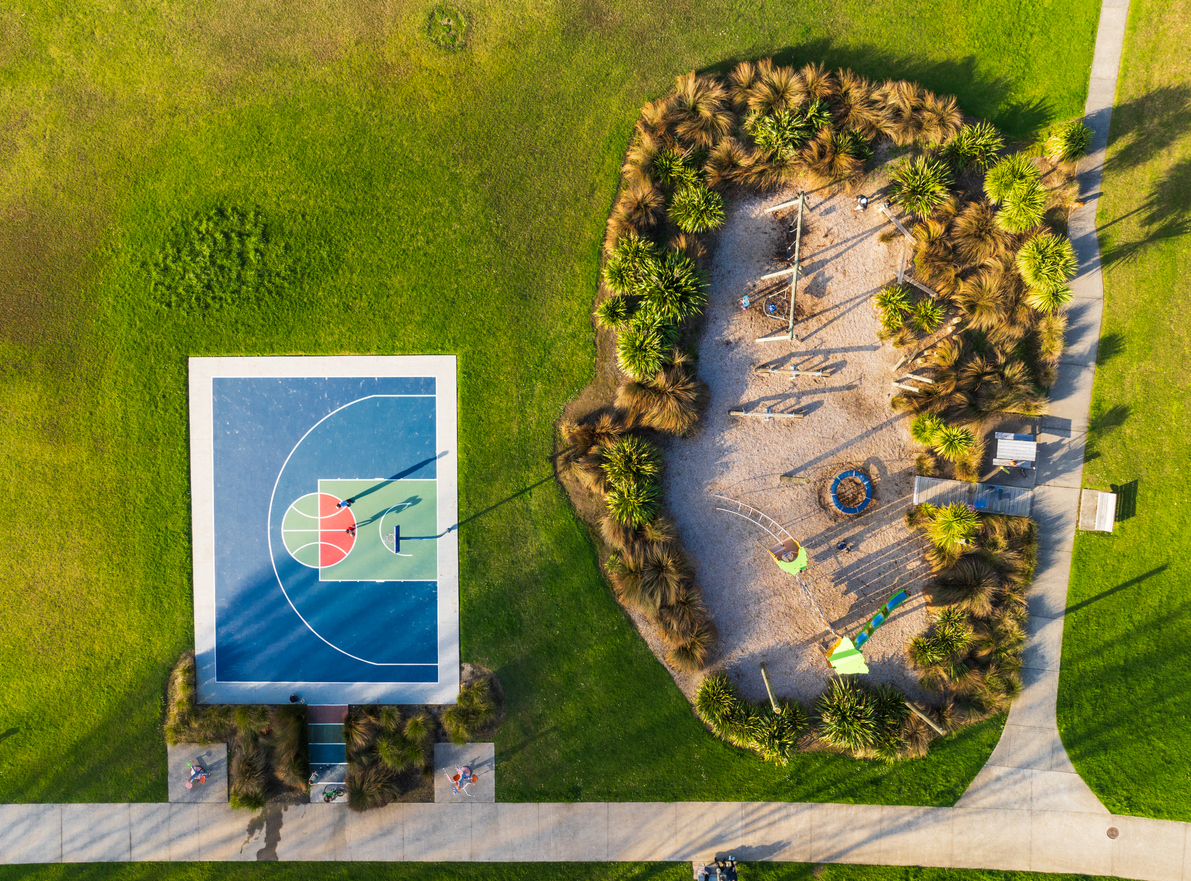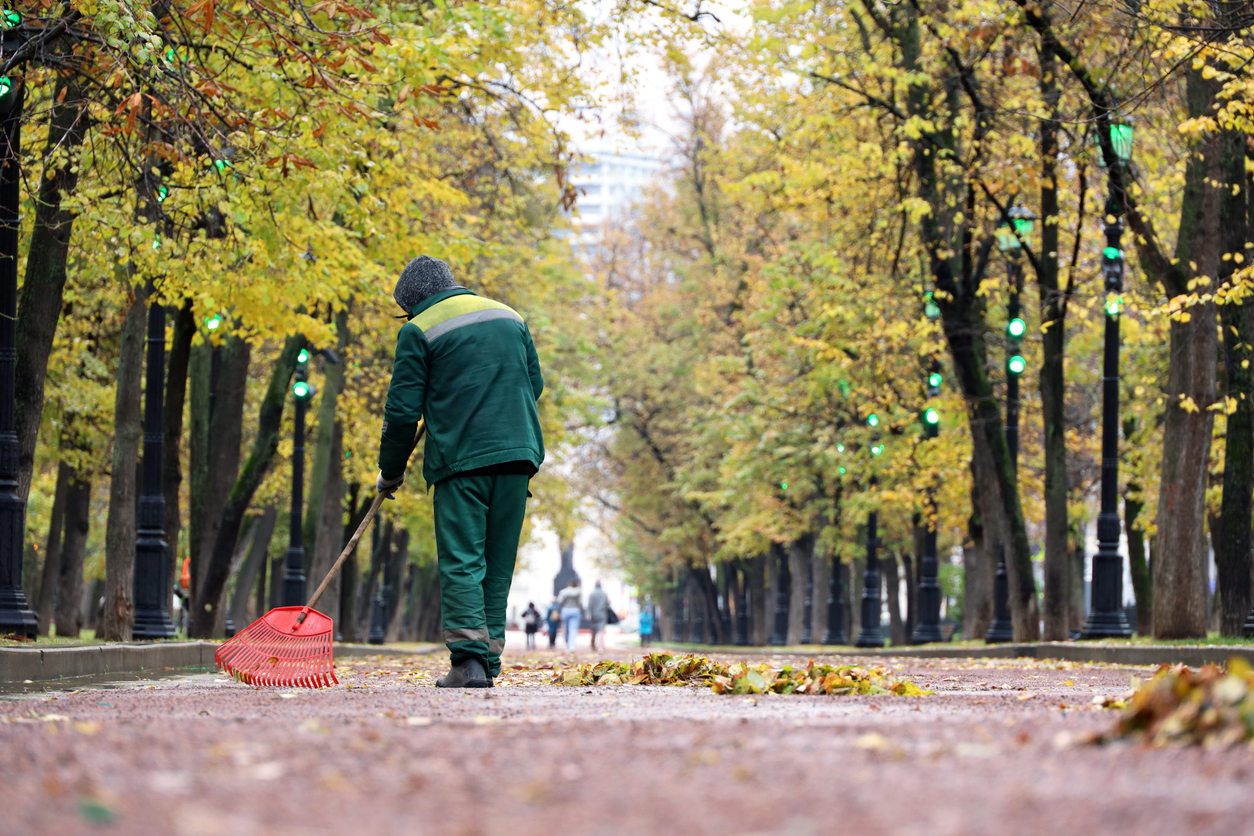Have you ever visited a park or trail and noticed it could not accommodate those with disabilities? While this might not cross the minds of those without disabilities, it is an awareness for individuals who use wheelchairs, strollers, or other means. The lack of accessible designs in parks and recreational spaces can be disheartening for individuals with disabilities.
Why Are Accessible Parks Important?
Incorporating accessible designs in parks and recreational spaces results in numerous benefits:
- Better quality of life for individuals with disabilities
- Access to natural areas for people of all abilities
- Opportunities for economic development
- Promotion of tourism activities
- Reduction of health disparities and inequalities
Renovating parks and recreational spaces to make them more accessible and inclusive has gained significant popularity in many cities. By recreating somewhere that offers accommodation for all ages, abilities, and economic backgrounds, cities can actively encourage residents to venture outdoors.
Factors to Consider When Designing
When designing an accessible public space, recreations should consider the following:
- Overall public safety
- Usability
- ADA requirements
- Environmental impacts
- Complete the project in a sustainable manner
- Liabilities associated with the space
Tip & Tricks
Making your park accessible requires a thoughtful and intentional approach. By evaluating your park’s physical infrastructure, providing accessible amenities, and seeking feedback from the community, you can create a welcoming and inclusive environment for all visitors.
Here are some tips to make sure your park is accessible for everyone:
- Evaluate Physical Accessibility
Access the park’s infrastructure to determine whether it is accessible to those with disabilities. To do this, look at entrances, walkways, paths, restrooms, parking areas, and picnic facilities and ensure there are no barriers to entry, such as stairs or curbs, and that pathways are wide enough for those with mobility impairments. - Provide Accessible Parking
Make sure accessible parking spaces are available near the entrance with clear signage. - Offer Accessible Restrooms
Make sure restrooms are marked and offer enough space for people in wheelchairs to maneuver, grab bars for support, and accessible sinks and toilets. - Provide Accessible Playground Equipment
If your park has playground equipment, ensure it is accessible to children with disabilities. There should be equipment for children in wheelchairs or with mobility impairments, and the playground surface should be firm and stable enough to accommodate wheelchairs. - Consider Sensory Accessibility
Some people with sensory processing issues may find elements of the park loud, bright, or overwhelming. Consider making the park more sensory-friendly by providing quiet areas or using muted colors. - Seek Feedback from the Community
Reach out to community members for feedback on how accessible your park is. Feedback can come from people with disabilities, seniors, and families with young children. Use their responses to identify areas of improvement and prioritize accessibility in your park planning and maintenance.












